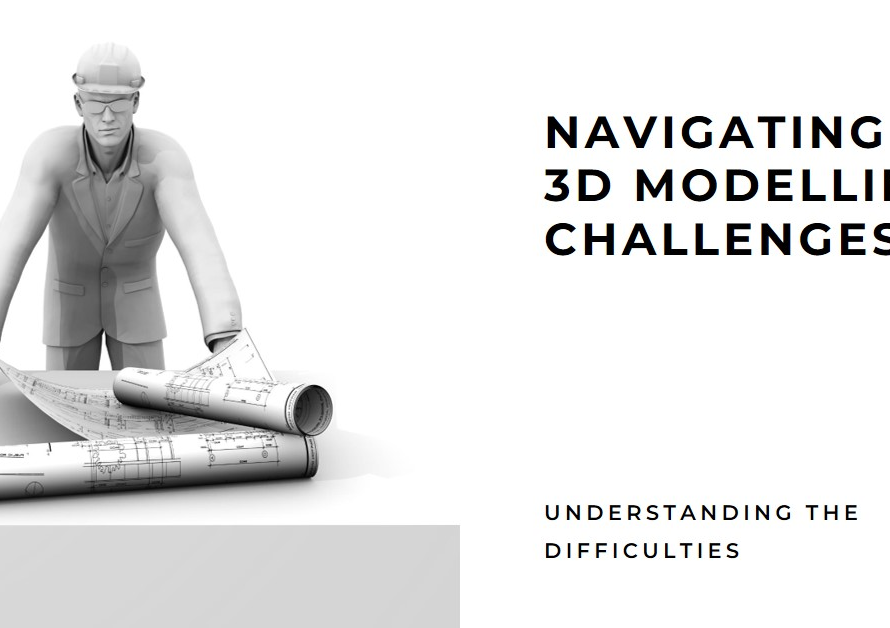
Table of Contents
Entering the realm of 3D interior design as a newbie can be both exciting and daunting. From mastering software tools to understanding design principles, there’s a lot to learn and explore. In this comprehensive guide, we’ll share five crucial things that newcomers should know about 3D interior design, offering valuable insights and tips to kickstart your journey into this captivating field.
1. Understanding Design Principles – 3D Interior Design
At the core of effective 3D interior design lies a strong understanding of design principles. Familiarize yourself with concepts such as balance, proportion, rhythm, harmony, contrast, and emphasis. These principles guide the arrangement of elements within a space, ensuring visual appeal, functionality, and coherence in your designs.
Begin by studying interior design theory and exploring real-world examples to grasp how these principles manifest in different styles and spaces. Experiment with creating mood boards, color palettes, and design concepts that reflect your understanding of design principles. Building a solid foundation in design theory sets the stage for creating compelling and aesthetically pleasing 3D interior designs.
2. Mastering 3D Modeling Software
Proficiency in 3D modeling software is a cornerstone skill for 3D interior designers. Invest time in learning industry-standard software such as Autodesk 3ds Max, SketchUp, Blender, or Rhino. Familiarize yourself with modeling tools, techniques for creating geometry, applying textures, and refining details within your digital environments.
Take advantage of online tutorials, courses, and practice projects to hone your 3D modeling skills. Experiment with creating different types of interior spaces, furniture designs, and lighting scenarios to expand your repertoire and showcase versatility in your portfolio. Continuous practice and exploration of software capabilities will boost your confidence and efficiency in translating design concepts into virtual reality.
3. Embracing Lighting and Rendering Techniques
Lighting plays a pivotal role in defining the mood, ambiance, and realism of interior spaces in 3D design. Understand the principles of lighting design, including natural light simulation, artificial lighting types (such as ambient, accent, and task lighting), shadows, reflections, and global illumination effects. Experiment with different lighting setups and scenarios to create atmospheres ranging from cozy and intimate to bright and spacious.
Explore rendering techniques using rendering engines such as V-Ray, Corona Renderer, or Blender Cycles to achieve lifelike visualizations of your interior designs. Fine-tune material properties, textures, and lighting parameters to enhance realism and showcase your design vision effectively. Pay attention to composition, camera angles, and staging to create compelling renderings that captivate viewers and convey the intended design narrative.
4. Incorporating Materials and Textures
Textures and materials play a crucial role in conveying tactile qualities and visual interest in 3D interior designs. Learn to source and apply realistic materials such as wood, metal, fabric, glass, and stone to different elements within your virtual spaces. Understand material properties such as reflectivity, roughness, transparency, and bump mapping to achieve convincing textures and surface appearances.
Experiment with material libraries within your 3D software or explore third-party texture resources to expand your options and create diverse design aesthetics. Consider how materials interact with lighting conditions, shadows, and environmental factors to create immersive and believable interior scenes. Mastery of materials and textures adds depth, character, and realism to your 3D interior designs, elevating the overall quality of your visualizations.
5. Collaborating and Seeking Feedback
While mastering technical skills is essential, collaboration and feedback are equally crucial aspects of growth in 3D interior design. Seek opportunities to collaborate with peers, mentors, or design communities to exchange ideas, share insights, and learn from experienced professionals. Participate in design challenges, forums, and critique sessions to receive constructive feedback and refine your skills.
Embrace feedback as a learning opportunity, incorporating suggestions and insights into your design iterations. Develop strong communication skills to effectively convey your design concepts, receive feedback, and collaborate with clients, stakeholders, or design teams. Cultivate a mindset of continuous improvement, adaptability, and openness to new ideas and perspectives, fostering growth and innovation in your 3D interior design journey.
6. Understanding Client Needs and Design Briefs
In 3D interior design, understanding client needs and design briefs is paramount to creating successful design solutions. Take the time to communicate with clients or project stakeholders to gather requirements, preferences, budget constraints, and functional considerations. Develop a keen eye for interpreting client briefs and translating them into creative and functional interior designs.
Ask probing questions to uncover client expectations regarding aesthetics, functionality, spatial layouts, color preferences, and desired atmospheres. Incorporate client feedback iteratively throughout the design process, presenting design concepts, mood boards, and 3D visualizations to ensure alignment with client vision and goals. Effective communication and collaboration with clients enhance project outcomes and client satisfaction, establishing long-lasting relationships in the design industry.
7. Time Management and Project Organization
Efficient time management and project organization are essential skills for success in 3D interior design, especially when handling multiple projects or tight deadlines. Develop workflows and schedules that prioritize tasks, milestones, and deliverables based on project timelines and client expectations. Utilize project management tools, task lists, and calendars to stay organized and track progress effectively.
Break down complex projects into manageable stages, allocating time for research, concept development, modeling, texturing, lighting setup, rendering, and post-production. Set realistic goals and deadlines for each phase, allowing buffer time for revisions, client feedback, and unexpected challenges. Effective time management ensures project efficiency, quality outcomes, and client satisfaction in the competitive design landscape.
8. Staying Updated with Industry Trends and Tools
The field of 3D interior design is dynamic, with evolving trends, technologies, and software tools shaping design practices. Stay informed about industry trends, emerging software features, rendering techniques, and design aesthetics through online resources, blogs, forums, and industry events. Explore new software updates, plugins, and workflow enhancements to optimize your design processes and capabilities.
Engage in continuous learning, skill development, and professional networking to stay competitive and relevant in the design industry. Attend workshops, webinars, and training programs to expand your skill set, experiment with new techniques, and stay inspired by innovative design approaches. Embrace a growth mindset that values learning, adaptation, and creativity in navigating the ever-evolving landscape of 3D interior design.
9. Building a Strong Portfolio and Brand
A compelling portfolio showcasing your skills, creativity, and design philosophy is a powerful tool for attracting clients, employers, or collaborators in the design industry. Curate a diverse range of projects, including residential, commercial, hospitality, or conceptual designs, to demonstrate your versatility and expertise. Highlight key aspects such as design process insights, technical skills, rendering quality, and attention to detail in your portfolio presentations.
Invest in branding yourself as a 3D interior designer through professional websites, online portfolios, social media profiles, and networking platforms. Showcase your portfolio through digital platforms, design competitions, and industry events to gain visibility and recognition within the design community. Cultivate a strong personal brand that reflects your unique style, values, and commitment to excellence in 3D interior design.
10. Embracing Creativity and Iterative Design


Creativity is at the heart of 3D interior design, fueling innovation, problem-solving, and artistic expression. Cultivate a creative mindset that embraces experimentation, exploration of design concepts, and pushing boundaries in your designs. Encourage iterative design processes that involve sketching, mood boarding, 3D modeling, rendering, and refining designs based on feedback and insights.
Explore diverse design inspirations, from art and architecture to nature and cultural influences, to infuse creativity and originality into your designs. Embrace challenges as opportunities for growth and learning, embracing failures as stepping stones toward breakthrough ideas and solutions. Celebrate your creative journey, successes, and design milestones as you evolve and excel in the dynamic world of 3D interior design.


